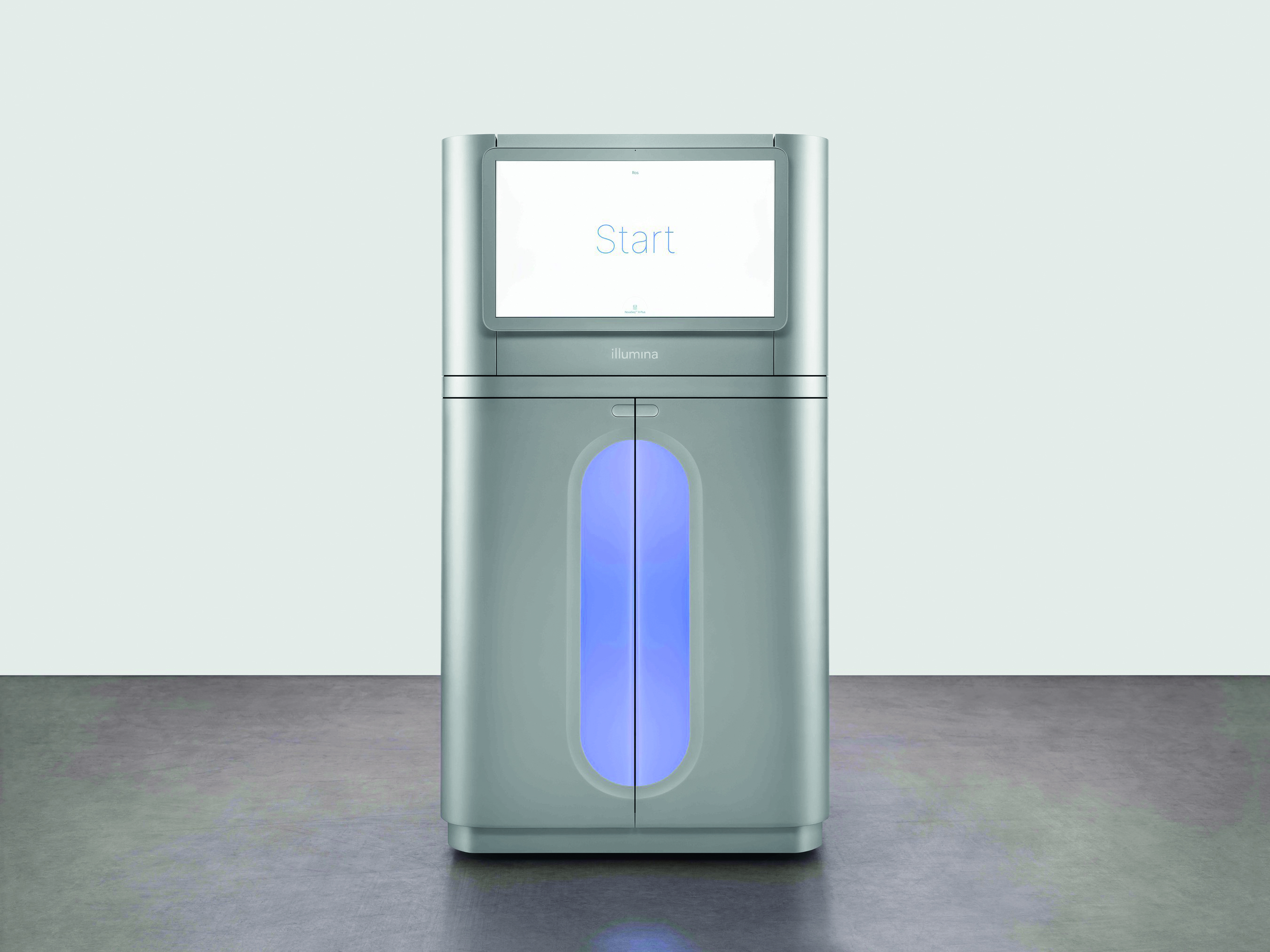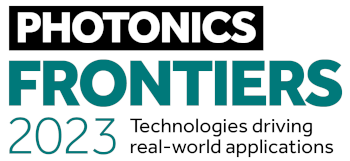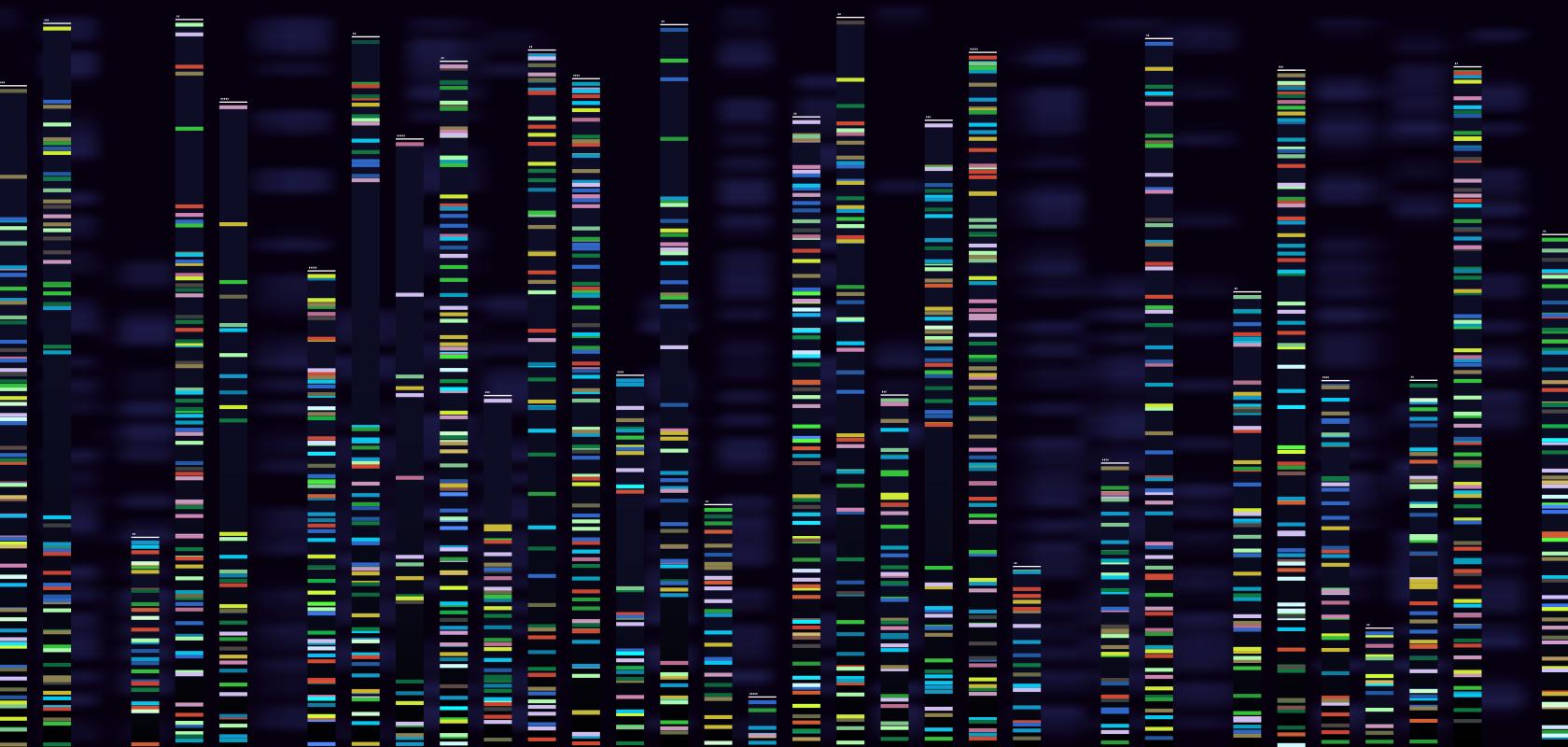Being able to identify and understand the coronavirus rapidly was crucial for the development of therapies and vaccines. Affordable photonics-enabled gene sequencing has played a major role, from determining the source and genetic make-up of the new virus at the start of the outbreak, to tracking how it spreads and evolves today.
An organism’s genetic material – its genome – is essentially its instruction manual, which contains all the information needed to survive and reproduce. Human genomes are made of double-stranded DNA and are written in its special code of four nucleotide base ‘letters’. Human genomes are made up of more than three billion base letters, while a virus genome – made up of either DNA or RNA – is much smaller. SARS-CoV-2 has a single short RNA strand just 30,000 letters long. In sequencing, these letters can be ‘read’ one by one.
Soon after a mystery respiratory illness caused an increase in hospital admissions in Wuhan, China, next-generation sequencing (NGS) was used to identify the illness as SARS-CoV-2. As the virus spread, sequencing its genome allowed public health officials to monitor how it was spreading across populations.
NGS allowed scientists to determine the viral genome mutational rate (~1-2 bases/month) which subsequently allowed experts to investigate whether the identified mutations were likely to impact PCR-based diagnostic test results, the efficacy of re-purposed anti-viral treatments, or the development of vaccines.
Many NGS techniques rely on light to determine the sequence of nucleotide base letters. Illumina’s sequencing by synthesis (SBS) technology is one such technique that has been widely adopted for virus research. The process simultaneously identifies DNA bases while incorporating them into a nucleic acid chain. Each base emits a unique fluorescent signal as it is added to the growing strand, which is used to determine the order of the DNA sequence.The impact genome sequencing has had in virus research is thanks to a significant drop in the cost of genetic sequencing in recent years with the expansion of high-throughput technologies. Twenty years ago, sequencing a single genome would cost tens of millions of dollars, but now this can be done for $1,000 or less, according to the National Human Genome Institute.
In September 2022, Illumina launched a new line of DNA analysers that can analyse a person’s genetic code for just $200, and 2.5 times faster than the company’s previous models.
Tom Hausken, Senior Industry Advisor at Optica and one of Electro Optics’ Photonics100 honorees, relayed the importance of continually investing in medical innovations so they can become accessible enough for their intended use. “The gene sequencing story illustrates the power of patient funding of R&D,” he said. “Not everything should be funded, and not everything that is will pay out rewards, but the investments of years ago led to affordable sequencers, which were ready when the pandemic hit. This is something people take for granted, but imagine if the pandemic came a decade or two earlier. The virus would have been much harder to characterise and track, and much harder to create remedies. Imagine the consequences. We had epidemics before, but nothing that was both so lethal and so contagious. (On the other hand, we are more mobile than ever today, which spread more quickly in the past.)”
Hausken continued: “If there is a lesson, perhaps it is that we need to prepare now for the next pandemic, and that means investing in the tools and basic understanding of viral genetics.”
Unravelling the integration of light components in genome sequencers
Photonics Frontiers spoke to Geraint Evans, Senior Staff Scientist, Systems Design at Illumina
Describe the main advances in genome sequencing machines over the last few years
The cost of DNA sequencing has reduced drastically in the last 20 years. In 2007, a human genome cost >$10M to sequence, whereas today with the NovaSeq X it is $200. This cost reduction has catalysed adoption of DNA sequencing, which has become a standard tool of biological research, and is enabling novel medical applications, such as non-invasive prenatal testing; cancer diagnostics and monitoring; and rare genetic disease testing. Cost has been improved by a combination of clever sequencing biochemistry (which allows DNA synthesis to be ‘frozen’ in a step-by-step process), combined with massively-parallelised, high-resolution fluorescence microscopy. This makes the sequencing process cost-effective by allowing rapid read-out of millions of mini DNA synthesis reactions, which happen in parallel across a glass slide.

Illumina’s NovaSeq X series allows genomes to be sequenced for around $200 (Illumina)
What technologies are used in vaccine development research and how do they work?
After the identification of a novel disease in Wuhan in 2019, the SARS-CoV-2 virus was sequenced extremely rapidly, providing a precise molecular identity for the disease. This helped elucidate its phylogeny, but more importantly, directly provided the sequence information required to design the RNA vaccines which ultimately helped address the crisis. The rapid progress was partially enabled by the fast turn-around of Illumina benchtop sequencers, which are sufficiently cost-effective to enable individual labs to perform sequencing directly and immediately, without having to send samples to centralised service labs and wait for a result. Illumina sequencers were critical at the beginning of the crisis, but were also used extensively throughout the pandemic to track the origin and evolution of the many subsequent strains.
How do optics/photonics technologies play a role in this?
A critical part of Illumina DNA sequencers is the high-resolution, high-throughput fluorescent microscope which utilises fluorescence to read the base identity of DNA arrayed across a glass slide. The microscope requires carefully spec’d and high-performance lasers; dichroic filters; lenses; cameras; and stages. Our portfolio of instruments utilise a range of optical components, depending on the need of the particular market segment: the components in a population-scale factory sequencer are quite different to those in the lower-cost laboratory instruments.
How do you source the optical components within your machines?
A DNA sequencer requires the complex integration of many disparate functions: optics; fluidics; biochemistry; molecular biology; precision motion; informatics and so on. One of Illumina’s core competencies is in the DNA-sequencing technology itself, and the know-how required to integrate these complex technologies to create machines that provide high-quality DNA sequencing data, every time. To achieve this, we often partner with subject-matter experts at the component and module level (such as optics) to ensure that our spec’d requirements are achieved in the most manufacturable, cost-effective, and robust fashion.
What are the most important factors when integrating optical components within genome sequencers?
Performance to specification and reliability are critical. Cost is another primary criterion as the market develops.




